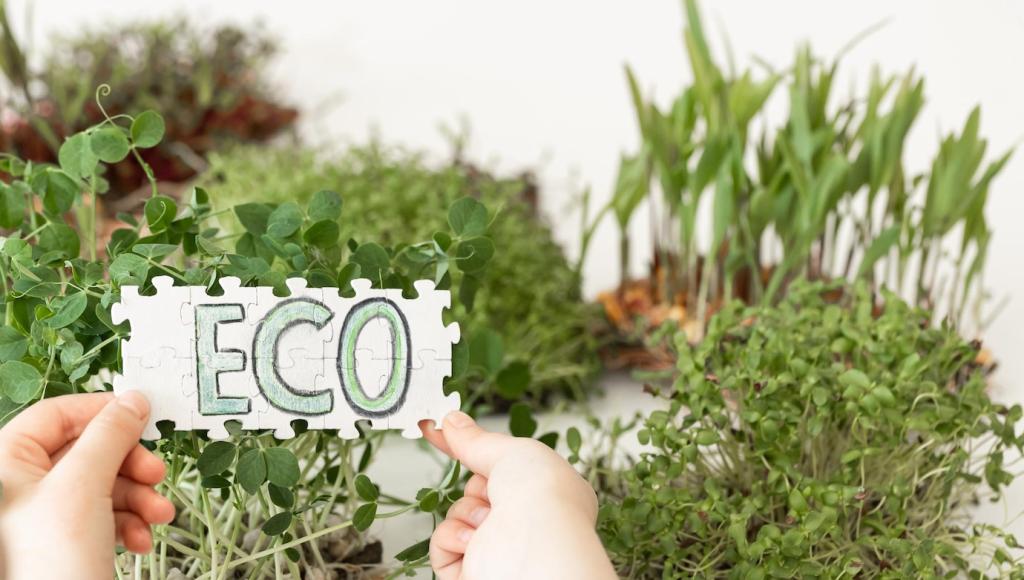This website uses cookies so that we can provide you with the best user experience possible. Cookie information is stored in your browser and performs functions such as recognising you when you return to our website and helping our team to understand which sections of the website you find most interesting and useful.
Eco-Friendly Fashion Tips: Building a Sustainable Closet
Creating a sustainable and eco-friendly wardrobe is an impactful way to reduce your carbon footprint and support a healthier planet. Eco-friendly fashion isn’t just a trend—it’s a conscious lifestyle choice that balances style, affordability, and environmental responsibility. By reevaluating your fashion habits and making intentional decisions, you can build a closet that reflects your values while still looking great. This guide offers practical tips and insights to help you embark on your journey toward sustainable fashion, covering everything from mindful shopping to garment care. Each section provides guidance and inspiration for transforming your closet into an environmentally conscious space, ensuring that every item you wear contributes toward a cleaner, greener future.

Understanding Sustainable Fashion
Defining Eco-Friendly Apparel
The Fashion Industry's Environmental Footprint
Ethics and Transparency in Production
Choosing Quality Over Quantity
Built to Last: Fabric and Construction
The Timeless Wardrobe Approach
Avoiding Fast Fashion Temptations
Shopping Responsibly

Exploring Thrift and Consignment Stores
Online Secondhand Marketplaces
Caring for Vintage Finds
Caring for Your Clothing
Upcycling and Creative Restyling
DIY Fashion Projects
Transforming Basics into Statement Pieces
Collaborating with Local Makers
Educating Yourself and Spreading Awareness


